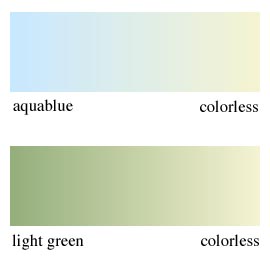|
Appeal of Translucency
"Apples seem more beautiful if they are
floating in a glass." (Lucius Seneca, Investigations in
Natural Science I.6)
Early on, the translucency of glass, even
though there might be a heavy tinge of green or aquablue, was something
that set it apart from opaque materials such as pottery and any
metals. Such naturally colored glass was then, and would continue
to be, the stock material of the industry for the bulk of domestic
needs. But the transparency of colorless glass gave it a
much stronger appeal just where one might expect, among the vessels
used to serve wine. Glass wine beakers became so popular among the
Roman middle classes during the early 1st century A.D. that a previously
thriving industry in pottery thin-walled beakers all but collapsed
at that time.
Many scholars and poets also were fascinated
by glass's transparency. This wall painting is a perfect echo of
the historian Seneca's view, that a glass bowl is the most dramatic
way to show off a mixture of fruits during the final course of an
evening meal.
|
|

Detail of a wall painting
from a villa at Oplontis near Pompeii
Mid 1st century B.C.
 |

